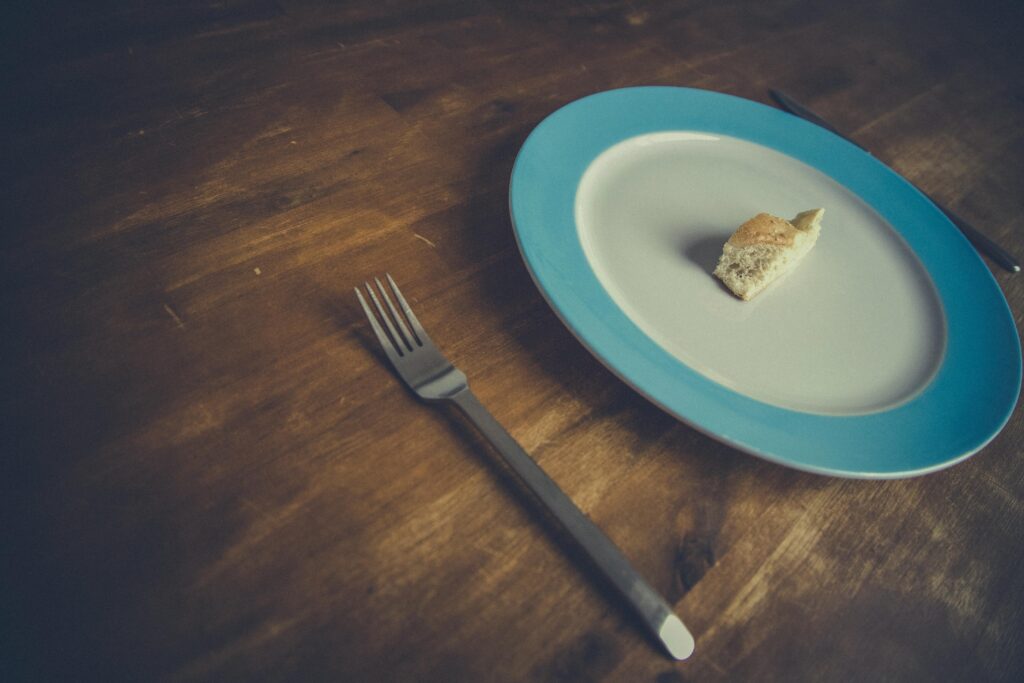When I first heard about intermittent fasting (IF), I thought it was just another internet fad. But after struggling for years with inconsistent weight, energy crashes, and sluggish mornings, I decided to give it a try—and it changed my life.
If you’re new to the idea, don’t worry. This beginner-friendly guide to intermittent fasting explains exactly what it is, how it works, and how you can start—without overwhelming rules or pressure. I’ll also share my personal experience to help you feel supported from Day 1.
⭐ What Is Intermittent Fasting?
Intermittent fasting isn’t about what you eat—it’s about when you eat. It cycles between periods of eating and fasting, giving your body time to rest, repair, and rebalance. One of the most common methods is the 16/8 method: fasting for 16 hours and eating all meals within an 8-hour window.
🧠 Why Try Intermittent Fasting?
Here’s what science—and my personal journey—says:
- Boosts fat loss without extreme calorie restriction
- Improves energy and mental clarity
- Supports hormone balance and digestion
- Reduces cravings over time
- Can help regulate blood sugar and inflammation
📅 How I Started (and What Worked for Me)
At first, I started with the 12/12 method (12 hours of eating, 12 hours fasting). It was as simple as finishing dinner by 8 p.m. and not eating until 8 a.m. the next day. Within the first week, I noticed:
- Better sleep (because I wasn’t digesting food late at night)
- No bloating in the mornings
- Less hunger than I expected
By week three, I switched to the 16/8 method, eating from 11 a.m. to 7 p.m. This is still my routine today. On weekends, I stay flexible—but I always return to the schedule on weekdays.
🕒 Best Intermittent Fasting Schedules for Beginners
- 12/12 Method: Great for absolute beginners
- 14/10 Method: Fasting for 14 hours, eating in a 10-hour window
- 16/8 Method: Most popular and effective
- 5:2 Method: Eat normally for 5 days, eat lightly (500–600 calories) for 2 non-consecutive days
- Alternate-Day Fasting: Fast every other day (advanced level)
🍲 What to Eat During Your Eating Window
Intermittent fasting doesn’t give you permission to binge. Here’s what helped me:
✅ High-fiber foods: Veggies, legumes, fruits
✅ Lean proteins: Eggs, lentils, fish
✅ Healthy fats: Avocado, nuts, olive oil
✅ Whole grains: Quinoa, oats, brown rice
✅ Plenty of water and herbal teas (even during fasting)
👉 I personally found that having lemon water or black coffee during my fasting hours made it easier to push through without hunger pangs.
🚫 Common Mistakes to Avoid
- Skipping water – Hydration is key!
- Overeating in your eating window – Keep it balanced
- Starting too aggressively – Build up gradually
- Expecting instant results – Give your body time
💪 Personal Tips That Actually Helped
- Prepare meals in advance to avoid temptation
- Break your fast gently with something nourishing like a fruit bowl or smoothie
- Avoid late-night snacking—this was a tough one, but it made a big difference
- Listen to your body—if you feel weak or dizzy, adjust your schedule
❤️ Final Thoughts
Intermittent fasting isn’t a magic bullet—but it is a powerful tool. It helped me feel lighter, more focused, and more in control of my health. The key is consistency over intensity. Start slow, be kind to yourself, and don’t forget to enjoy your food.
If I, someone who once couldn’t skip a snack without getting cranky, can do it—so can you.



